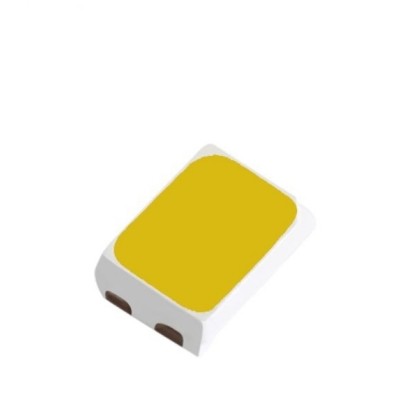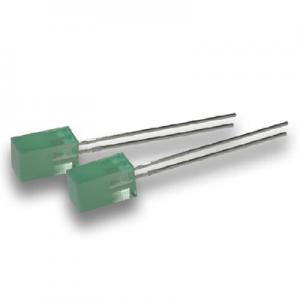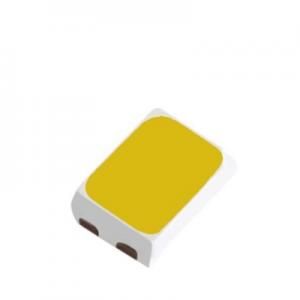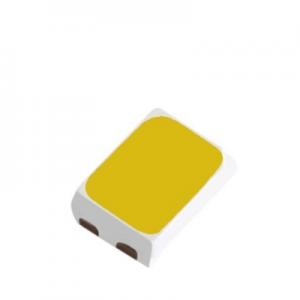flashing smd led
- Category: 2016 SMD LED
- Brand:ARKTECH
- delivery date: 7 to 9 working days
- payment method: We offer payment options such as Paypal, TT (Telegraphic Transfer), or LC (Letter of Credit)
- Our team offers all-round technical support, including designing according to your requirements, selecting the best solutions based on cost and reliability, principle and LAY-OUT design, customizing s
| Product name | flashing smd led |
| Keyword | 3w high power smd led,10 watt smd led circuit,smd led high power,cob smd led,5630 smd led warm white,smd led numbers,100w smd led chip |
| Place of Origin | China |
| Brand | ARKTECH |
| Current | 66MA |
| Power | 1.2W |
| Voltage | 1.1V |
| Raw material | Copper bracket/ pure gold wire |
| Quantity | 2529pcs/reel |
| Dimensions | 3.8mm*5.2mm*1.2mm, (Contact us for specific information to confirm) |
| Applicable Industries | energy-saving lighting, etc. |
| Color | black |
| Weight | 8mg |
| Product Description | 0602 smd led red green,3w red smd led,4 leg smd led,SMD 5054 LED nail lamp,5 smd led t10,0402 smd led-It is a new surface packaging technology that encapsulates LED chips in tiny weldable packaging films and performs surface spot welding on the PCB substrate, thus improving the reliability and production efficiency of LEDs. Compared with traditional LED packaging, SMD LED has the advantages of small size, large light-emitting area, high power, low packaging height, and multiple color temperatures, and can greatly reduce costs through automated production processes. |
| delivery date | Our standard delivery time is 7 to 9 working days. |
| payment method | We offer payment options such as Paypal, TT (Telegraphic Transfer), or LC (Letter of Credit). |
| Life span | 53161 + hours (Contact us for specific information to confirm) |
| warranty | We provide a warranty period of 2 years |
| Advantage | We keep good quality and competitive price to ensure our customers benefit |
| Packing | 19x11.26x15.7mm(Contact us for specific information to confirm) |
| Sales country | All over the world for example:Namibia,Oman,Spain,Brazil,Wake Island,Rwanda,Syria,Chad |
| MOQ | 6 reel(Contact us for specific information to confirm) |
| customization services | We welcome customization requests for our products |
| production capacity | We have the capacity to produce 93kk pieces of LEDs per month. |
Segment led display, Custom LED display, Through hole LED, High power LED(Please contact us for specific information about Segment led display)
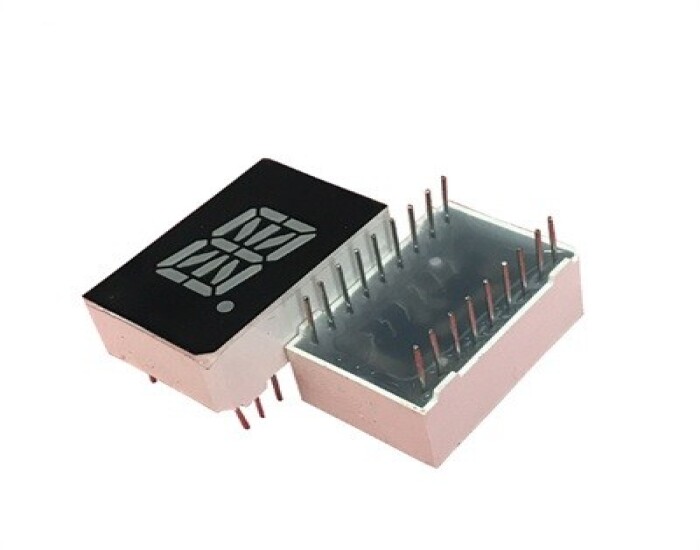
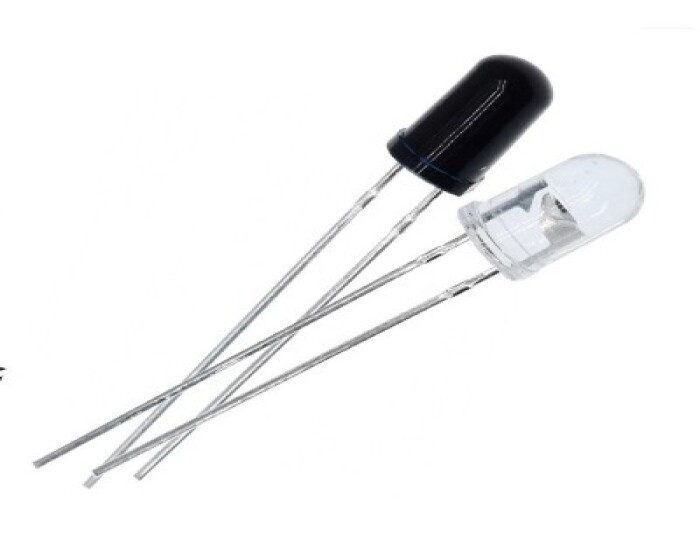
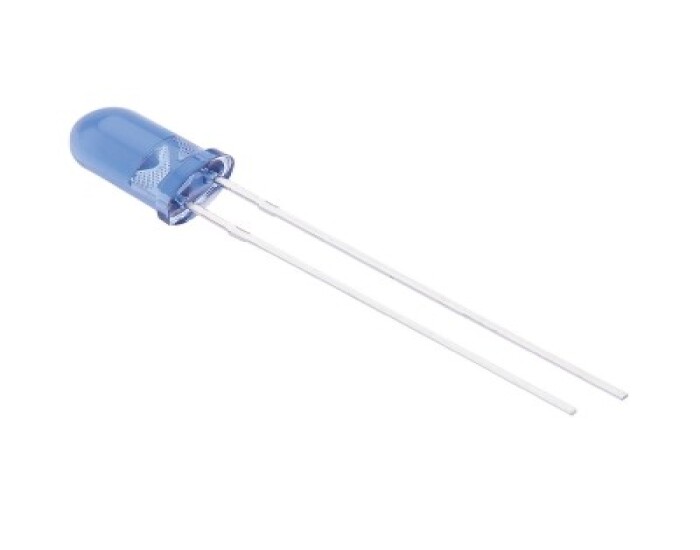
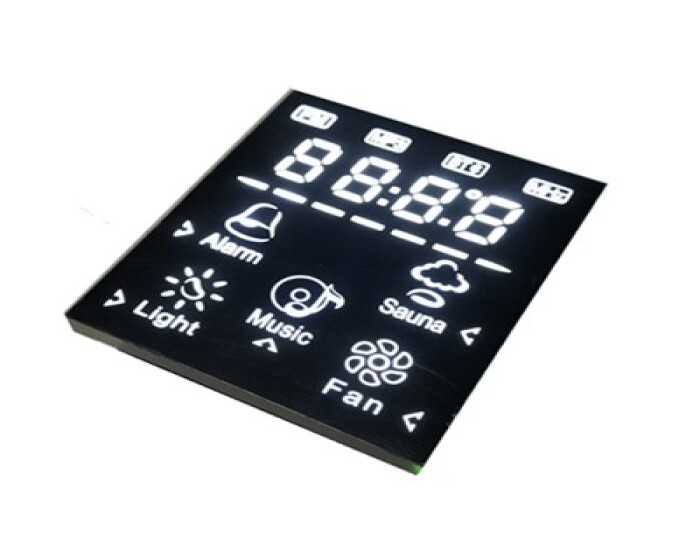
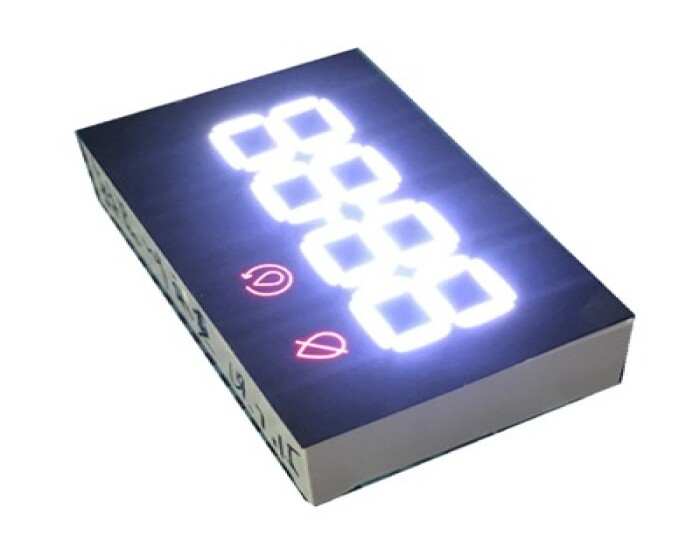
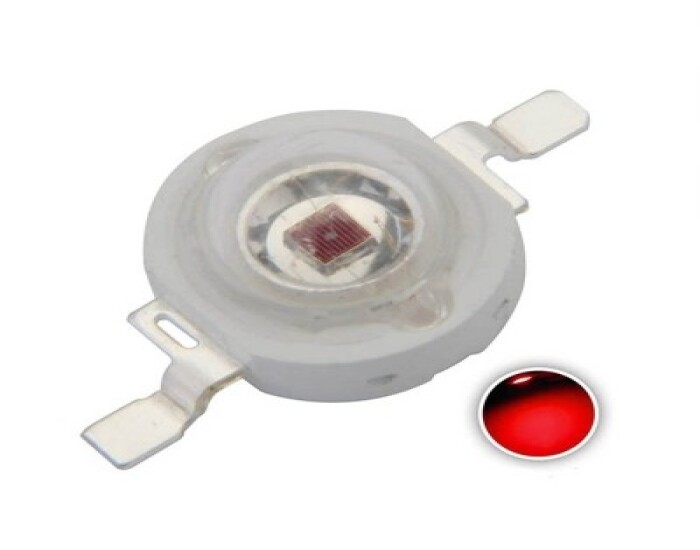
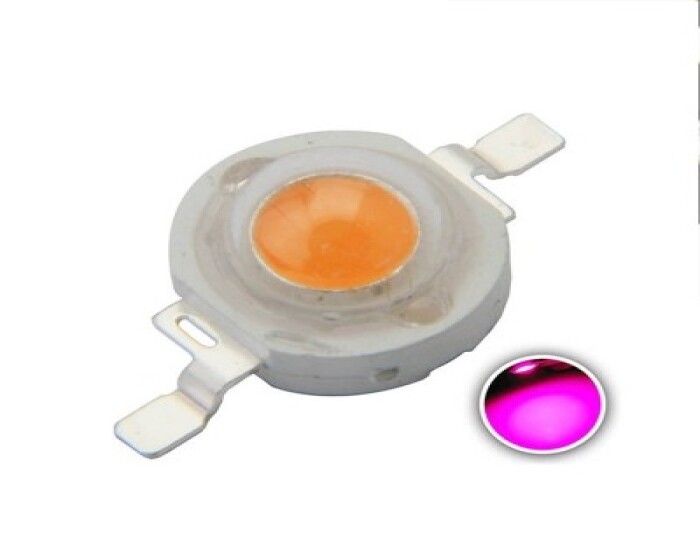
flashing smd led services FAQs Guide
Are you looking for a quick review guide about flashing smd ledservices?
An ultimate FAQ buying guide is available to help you.This guide contains all the information about all the important facts, figures, and various processes regarding flashing smd led services.
Let’s continue!
2.How does flashing smd led handle glare and eye strain?
3.Can flashing smd led be used in hazardous locations?
4.How does the operating temperature of flashing smd led affect its performance?
5.What is the lifespan of an flashing smd led?
6.What are the main applications of flashing smd led?
7.How does flashing smd led emit light compared to other types of LEDs?
8.What is the installation process for flashing smd led?
9.How do flashing smd led lights differ from traditional LEDs?
10.How does flashing smd led handle voltage fluctuations?
11.Are there any regulations or certifications for flashing smd led?
12.How does the efficiency of flashing smd led compare to other lighting options?
1.About the development history of flashing smd led factory
Founded in July 1994, our company's headquarters and R&D base are located in Yixing City, Jiangsu Province. Over the years, we have consistently strived for excellence, and our achievements speak for themselves. In 2007, we successfully implemented an ERP system to optimize our operations. In 2012, we proudly obtained eight patents, showcasing our dedication to innovation. In 2016, we expanded our facilities with the construction of a 100k class dust-free workshop. Finally, in 2018, we integrated the Kingdee Colody system, further enhancing our operational efficiency.
2.How does flashing smd led handle glare and eye strain?
As one of the top flashing smd led manufacturers in China, we take this very seriously.
SMD LED (Surface Mount Device Light Emitting Diode) technology is designed to reduce glare and eye strain compared to traditional LED lighting. This is achieved through several factors:
1. Diffusion: SMD LEDs are designed with a diffused lens that helps to spread the light evenly, reducing the intensity of the light and minimizing glare.
2. Directionality: SMD LEDs emit light in a specific direction, unlike traditional LEDs which emit light in all directions. This directional light helps to reduce glare and direct the light where it is needed.
3. Color temperature: SMD LEDs have a color temperature that is closer to natural daylight, which is easier on the eyes compared to the harsh blue light emitted by traditional LEDs.
4. Flicker-free: SMD LEDs are designed to be flicker-free, meaning they do not produce rapid fluctuations in light intensity that can cause eye strain and headaches.
5. Dimmability: SMD LEDs can be dimmed, allowing for customizable lighting levels that can be adjusted to reduce glare and eye strain.
Overall, SMD LED technology is designed to provide a more comfortable and natural lighting experience, reducing glare and eye strain for the user.
3.Can flashing smd led be used in hazardous locations?
We enjoy high authority and influence in the industry and continue to innovate products and service models.
No, SMD LED cannot be used in hazardous locations as they are not designed to withstand the potential risks and dangers present in these environments. Hazardous locations are defined as areas where flammable gases, vapors, or dusts may be present, and SMD LED may not have the necessary certifications or protections to operate safely in these conditions. It is important to use LED lighting specifically designed and certified for hazardous locations in these environments to ensure safety and compliance with regulations.
4.How does the operating temperature of flashing smd led affect its performance?
We are a professional flashing smd led company dedicated to providing high quality products and services.
The operating temperature of SMD LED can affect its performance in several ways:
1. Light output: SMD LED's light output decreases as the temperature increases. This is because the heat generated by the LED can affect the efficiency of the phosphor coating, which is responsible for converting blue light into other colors.
2. Color accuracy: The color accuracy of SMD LED can also be affected by temperature. As the temperature increases, the color temperature of the LED can shift, resulting in a change in the perceived color of the light.
3. Lifespan: High operating temperatures can significantly reduce the lifespan of SMD LED. This is because the heat can cause degradation of the LED's components, such as the phosphor coating and the semiconductor material, leading to a decrease in the LED's overall performance and lifespan.
4. Efficiency: The efficiency of SMD LED can also be affected by temperature. As the temperature increases, the LED's efficiency decreases, resulting in a higher energy consumption and lower light output.
5. Reliability: High operating temperatures can also affect the reliability of SMD LED. The heat can cause thermal stress on the LED's components, leading to potential failures and malfunctions.
Overall, the operating temperature of SMD LED plays a crucial role in its performance and lifespan. It is essential to keep the LED within its recommended operating temperature range to ensure optimal performance and longevity.
5.What is the lifespan of an flashing smd led?
We have a professional team that is committed to the innovation and development of flashing smd led.
The lifespan of an SMD LED can vary depending on the quality of the LED and its usage. On average, an SMD LED can last anywhere from 50,000 to 100,000 hours. This translates to approximately 5-10 years of continuous use. However, factors such as heat, voltage, and current can affect the lifespan of an SMD LED. Proper installation and maintenance can also help extend the lifespan of an SMD LED.
6.What are the main applications of flashing smd led?
We are centered on customers and always pay attention to customers' needs for flashing smd led products.
1. Consumer Electronics: SMD LEDs are widely used in consumer electronics such as smartphones, laptops, TVs, and other electronic devices for backlighting, indicator lights, and display screens.
2. Automotive Lighting: SMD LEDs are used in automotive lighting for headlights, taillights, turn signals, and interior lighting due to their small size, energy efficiency, and long lifespan.
3. Signage and Displays: SMD LEDs are commonly used in signage and displays for their bright and vibrant colors, making them ideal for advertising and information displays.
4. General Lighting: SMD LEDs are increasingly being used in general lighting applications such as residential and commercial lighting due to their energy efficiency, long lifespan, and ability to produce a wide range of colors.
5. Medical Equipment: SMD LEDs are used in medical equipment for their small size, low heat emission, and ability to produce specific wavelengths of light for medical procedures and treatments.
6. Industrial Applications: SMD LEDs are used in various industrial applications such as machine vision, inspection, and process control due to their small size, low power consumption, and high brightness.
7. Entertainment and Stage Lighting: SMD LEDs are commonly used in entertainment and stage lighting for their ability to produce a wide range of colors and their compact size, making them ideal for creating dynamic lighting effects.
7.How does flashing smd led emit light compared to other types of LEDs?
Our company has many years of flashing smd led experience and expertise.
SMD (Surface Mount Device) LEDs emit light in a similar way to other types of LEDs, but they have a different construction and packaging that allows for more efficient and compact use.
Like other LEDs, SMD LEDs use a semiconductor material, typically gallium nitride (GaN), to produce light when an electric current is applied. The semiconductor is sandwiched between two layers of different materials, called the p-type and n-type layers. When a voltage is applied to the LED, electrons from the n-type layer flow into the p-type layer, where they combine with positively charged holes" to produce light.
8.What is the installation process for flashing smd led?
Our mission is to provide customers with the best solutions for flashing smd led.
1. Gather Materials: Before starting the installation process, make sure you have all the necessary materials including the SMD LED lights, power supply, soldering iron, solder, wire strippers, and heat shrink tubing.
2. Plan the Layout: Decide on the placement of the SMD LED lights and plan the wiring layout accordingly. Make sure to measure the distance between each light and the power supply to determine the length of wire needed.
3. Prepare the Surface: Clean the surface where the SMD LED lights will be installed to ensure a strong and secure bond. If the surface is rough, use sandpaper to smooth it out.
4. Solder the Wires: Strip the ends of the wires and solder them to the positive and negative terminals of the SMD LED lights. Make sure to match the polarity of the wires to the correct terminals on the lights.
5. Connect the Lights: Once all the wires are soldered, connect them to the power supply. The positive wire should be connected to the positive terminal and the negative wire to the negative terminal.
6. Secure the Wires: Use heat shrink tubing to cover the soldered connections and secure them in place. This will prevent any short circuits and ensure a clean and professional look.
7. Test the Lights: Before permanently installing the lights, test them to make sure they are working properly. If there are any issues, double check the connections and fix any problems before proceeding.
8. Install the Lights: Once the lights are tested and working, use adhesive tape or glue to secure them in place. Make sure to follow the manufacturer's instructions for the best adhesive to use for your specific surface.
9. Connect to Power: Plug the power supply into a wall outlet and turn on the lights to make sure they are working correctly.
10. Clean Up: Once the installation is complete, clean up any excess wires and materials. Enjoy your newly installed SMD LED lights!
9.How do flashing smd led lights differ from traditional LEDs?
Our products & services cover a wide range of areas and meet the needs of different fields.
SMD (Surface Mount Device) LED lights are a type of LED that is mounted directly onto a circuit board, rather than being encased in a traditional bulb or package. This allows for a smaller and more compact design, as well as improved heat dissipation and durability.
Some other differences between SMD LED lights and traditional LEDs include:
1. Size and shape: SMD LEDs are typically smaller and flatter than traditional LEDs, making them more versatile for use in various applications.
2. Brightness: SMD LEDs are generally brighter than traditional LEDs, as they can be packed more closely together on a circuit board.
3. Energy efficiency: SMD LEDs are more energy-efficient than traditional LEDs, as they require less power to produce the same amount of light.
4. Viewing angle: SMD LEDs have a wider viewing angle than traditional LEDs, meaning they can emit light in a broader direction.
5. Cost: SMD LEDs are typically more expensive than traditional LEDs, due to their advanced technology and manufacturing process.
6. Color options: SMD LEDs offer a wider range of color options than traditional LEDs, including RGB (red, green, blue) and RGBW (red, green, blue, white) options.
Overall, SMD LED lights offer improved performance and versatility compared to traditional LEDs, making them a popular choice for various lighting applications.
10.How does flashing smd led handle voltage fluctuations?
We are committed to providing personalized solutions and established long -term strategic cooperative relationships with customers.
SMD LED (Surface Mount Device LED) is designed to handle voltage fluctuations by using a constant current driver. This driver regulates the current flowing through the LED, ensuring that the LED receives a consistent amount of power regardless of the voltage fluctuations. This helps to protect the LED from damage and maintain its brightness and lifespan. Additionally, SMD LEDs are also designed with built-in resistors that help to stabilize the voltage and prevent any sudden spikes or drops that could damage the LED.
11.Are there any regulations or certifications for flashing smd led?
We continue to invest in research and development and continue to launch innovative products.
Yes, there are several regulations and certifications for SMD LED (Surface Mount Device Light Emitting Diode) products. These include:
1. RoHS (Restriction of Hazardous Substances) Directive: This regulation restricts the use of certain hazardous substances in electrical and electronic equipment, including SMD LED products.
2. CE (Conformité Européenne) Marking: This is a mandatory conformity marking for products sold in the European Economic Area (EEA) and indicates that the product meets all applicable EU directives, including those related to safety, health, and environmental protection.
3. UL (Underwriters Laboratories) Certification: UL is a global safety certification company that tests and certifies products for compliance with safety standards. SMD LED products can be UL certified to ensure their safety and quality.
4. Energy Star Certification: This is a voluntary program run by the U.S. Environmental Protection Agency (EPA) that certifies energy-efficient products, including SMD LED lighting products.
5. ISO (International Organization for Standardization) Standards: ISO has developed several standards related to LED lighting, including ISO 9001 (quality management), ISO 14001 (environmental management), and ISO 50001 (energy management).
6. Ingress Protection (IP) Rating: This is a standard that rates the level of protection provided by a product against solid objects and liquids. SMD LED products may have an IP rating to indicate their resistance to dust and water.
7. LM-80 and TM-21 Standards: These are industry standards for measuring the lumen maintenance and projected lifetime of LED products, respectively.
It is important to note that not all SMD LED products may have all of these certifications or comply with all regulations. It is recommended to check the product specifications and certifications before purchasing to ensure compliance with relevant standards.
12.How does the efficiency of flashing smd led compare to other lighting options?
We should have a stable supply chain and logistics capabilities, and provide customers with high -quality, low -priced flashing smd led products.
SMD LED (Surface Mount Device Light Emitting Diode) is a type of LED technology that is commonly used in lighting applications. Compared to other lighting options, SMD LED has several advantages in terms of efficiency.
1. Energy Efficiency: SMD LED lights are highly energy efficient, consuming up to 80% less energy than traditional incandescent bulbs. This means that they can produce the same amount of light while using significantly less electricity, resulting in lower energy bills.
2. Long Lifespan: SMD LED lights have a longer lifespan compared to other lighting options. They can last up to 50,000 hours, which is significantly longer than incandescent bulbs (1,000 hours) and CFL bulbs (8,000 hours). This means that SMD LED lights need to be replaced less frequently, resulting in cost savings in the long run.
3. Instant On: Unlike CFL bulbs, SMD LED lights do not require time to warm up and reach their full brightness. They turn on instantly, making them a more convenient option for lighting.
4. Directional Lighting: SMD LED lights emit light in a specific direction, unlike traditional bulbs that emit light in all directions. This makes them more efficient as there is less wasted light, and the light can be directed to where it is needed.
5. Low Heat Emission: SMD LED lights produce very little heat compared to incandescent and CFL bulbs. This not only makes them safer to use but also reduces the load on air conditioning systems, resulting in energy savings.
Overall, SMD LED lights are highly efficient and offer significant advantages over other lighting options in terms of energy consumption, lifespan, and convenience. They are also more environmentally friendly as they do not contain harmful substances such as mercury, which is found in CFL bulbs.
INQUIRY
CATEGORIES
LATEST NEWS
CONTACT US
Name: Ms.Wendy
Mobile:0086-15861679389
Tel:0086-81725657
Whatsapp:0086 17386542651
Email:info@arktechcn.com
Add:8# HengDa CaiFu Center, JinKai Industrial Area, Wuci City, Jiang Su, China

